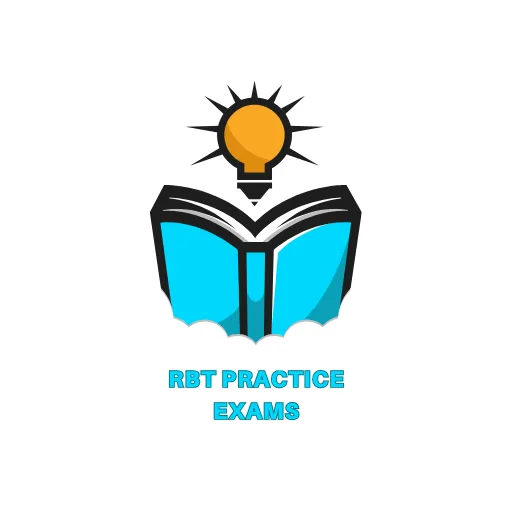RBT Exam Study Guide – Unit B: Assessment
Welcome to the Assessment section of our free RBT Exam Study Guide, which is based on Section B of the RBT Task List. This part covers the skills Registered Behavior Technicians (RBTs) need when helping with different kinds of assessments in ABA (Applied Behavior Analysis) therapy. You’ll learn how to:
- Find out what your learner likes (preference assessments)
- Help with skill assessments
- Support functional behavior assessments
Practice your mock test here with latest updated rbt quizzes RBT practice exam
Assessments help BCBAs (Board Certified Behavior Analysts) design personalized programs for each client. Since every individual is unique, having accurate information is key. As an RBT, you play an important role by helping gather this information through data collection and observation.
Task B-1: How to Conduct Preference Assessments
A preference assessment helps you figure out what a client enjoys—like toys, activities, or snacks. This is important because knowing what a child likes can make therapy more engaging and motivating. However, just because a child enjoys something doesn’t mean it will automatically increase behavior. That would require a reinforcer assessment, which is usually done by a BCBA.
Preferences can change often, so it’s important to check them regularly. There are a few different ways to run these assessments:
1. Indirect Preference Assessments
These involve asking the learner or their caregivers about favorite items or activities.
Example: You ask the parent, “What are your child’s favorite toys?” or ask the learner, “Do you like playing with blocks or painting?”
2. Free Operant Preference Assessment
Let the child explore the room freely while you watch what they naturally play with. You take notes on how long they interact with each item.
Example:
- 8:00–8:02 – Walks around
- 8:02–8:07 – Plays with a puzzle
- 8:07–8:12 – Walks around again
- 8:12–8:20 – Plays at the water table
3. Trial-Based Preference Assessments
These are more structured and include the following:
- Single Stimulus – Present one item at a time and see how the learner reacts.
- Paired Choice – Show two items and let the learner choose one.
- Multiple Stimulus With Replacement (MSW) – Show a group of items, let the learner choose one, then return it for the next round.
- Multiple Stimulus Without Replacement (MSWO) – Same as MSW, but once a learner picks an item, it’s removed from the next round.
Tip: If the child tries to grab more than one thing, gently block and say, “Let’s choose one.”
Task B-2: Help with Individualized Assessments
These types of assessments help BCBAs figure out what skills the child already has and what they still need to learn. These skills may include talking, playing, socializing, or daily living tasks. These tools do not diagnose but are used to plan goals.
As an RBT, your job is to follow your BCBA’s instructions by:
- Presenting tasks to the learner
- Not prompting unless told to
- Taking data on what the child can do without help
You might see some of these assessments:
- VB-MAPP – Checks skills related to language like asking for things, labeling, and having conversations.
- ABLLS-R – Looks at a wide range of skills such as learning, playing, and basic academics.
- AFLS – Focuses on everyday living skills like hygiene, cooking, and working.
Your BCBA will guide and train you on how to help with each assessment tool.
Task B-3: Support Functional Behavior Assessments (FBA)
When a learner shows challenging or harmful behaviors, an FBA helps figure out why the behavior is happening. This way, the BCBA can create a behavior plan that works.
There are three main ways to collect this kind of data:
1. Indirect Assessments
These include talking to caregivers, teachers, or parents using checklists or interviews to learn about the behavior.
2. Descriptive or Direct Observation
This is where you watch the behavior in real time and write down what happens before, during, and after the behavior. This is called ABC data:
- A – Antecedent: What happened right before (e.g., “RBT gave an instruction”)
- B – Behavior: What the client did (e.g., “Screamed and hit the table”)
- C – Consequence: What happened after (e.g., “RBT redirected the client”)
As an RBT, you’ll often be responsible for collecting ABC data.
3. Functional Analysis (FA)
This is a more advanced test that only BCBAs can perform. It involves changing the environment to see what causes the behavior. You might be asked to help by collecting data during the process.
Why Assessments Matter
Accurate assessments help behavior analysts make smart decisions about how to support each learner. They help create goals that are specific to the individual and lead to more successful outcomes. As an RBT, your work helps ensure therapy is:
- Person-centered
- Data-driven
- Focused on real-life improvements
By understanding how to support different types of assessments, you’ll be better prepared for your RBT exam and ready to make a positive impact on your clients’ lives.
